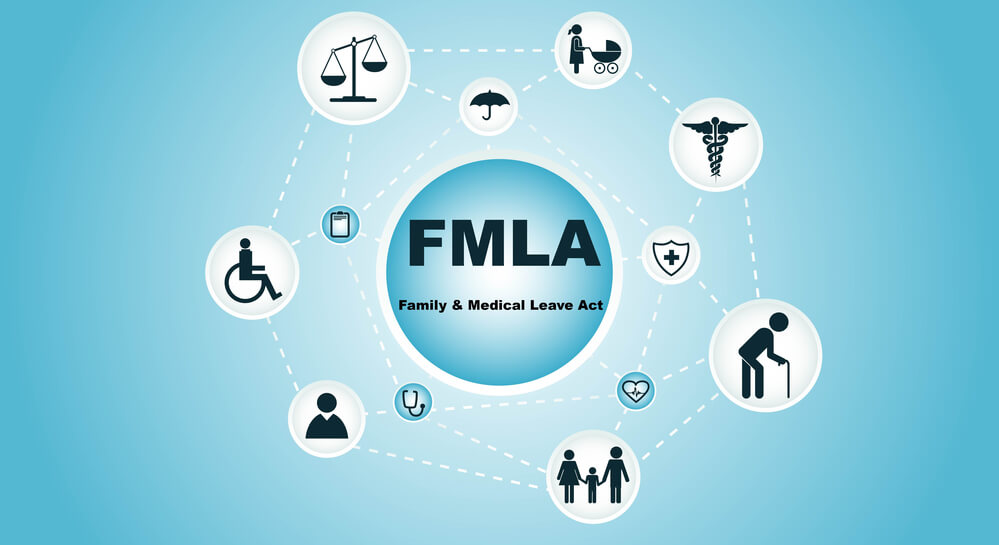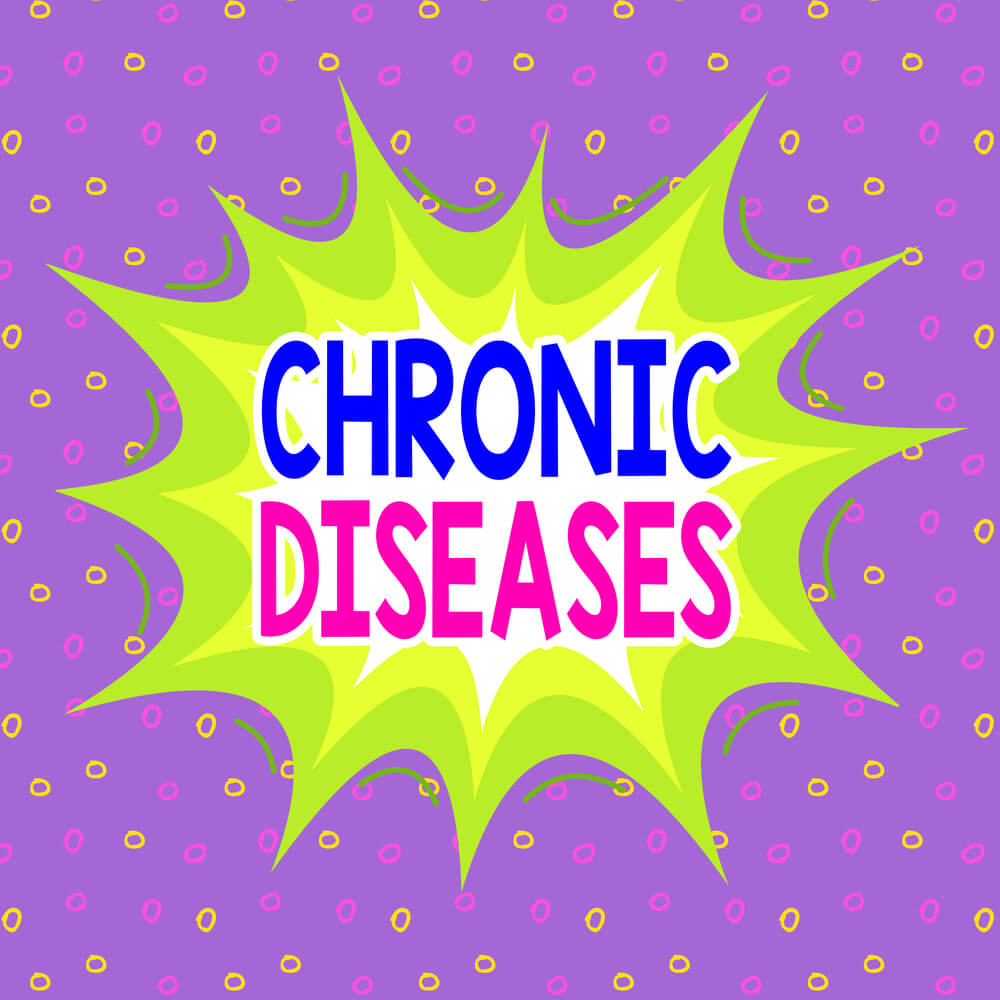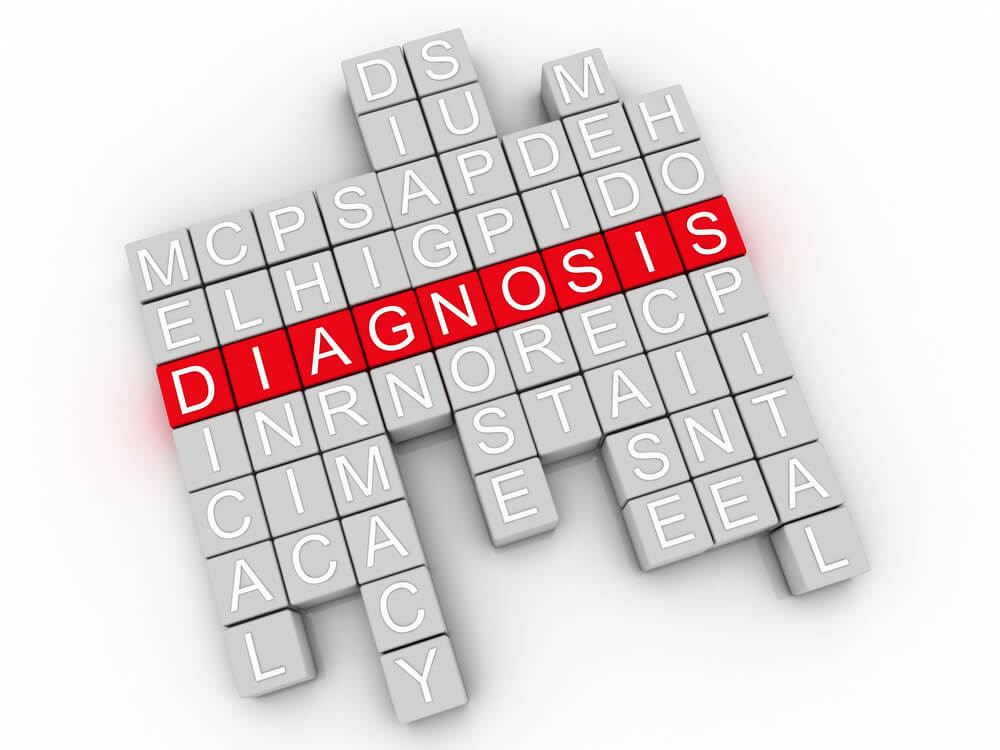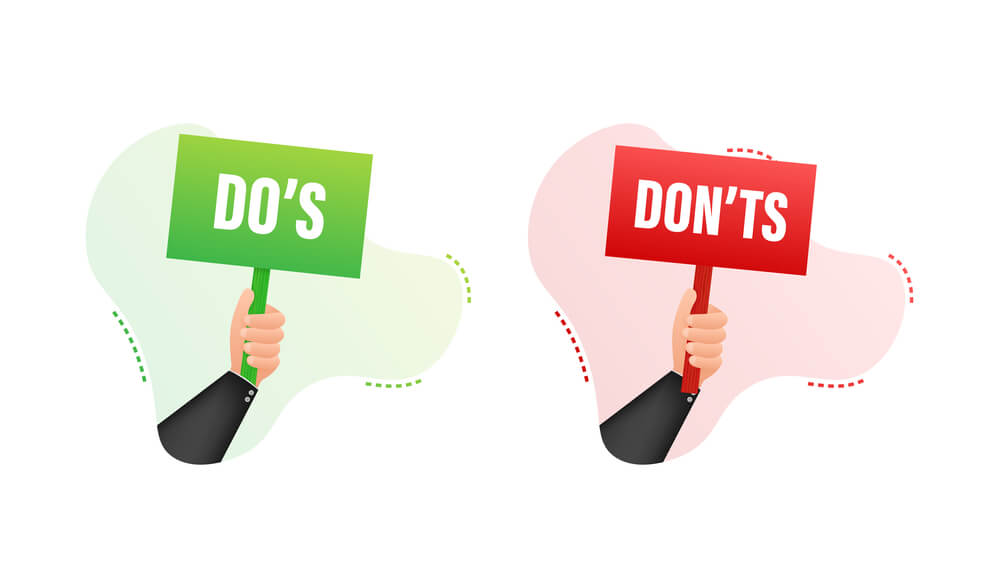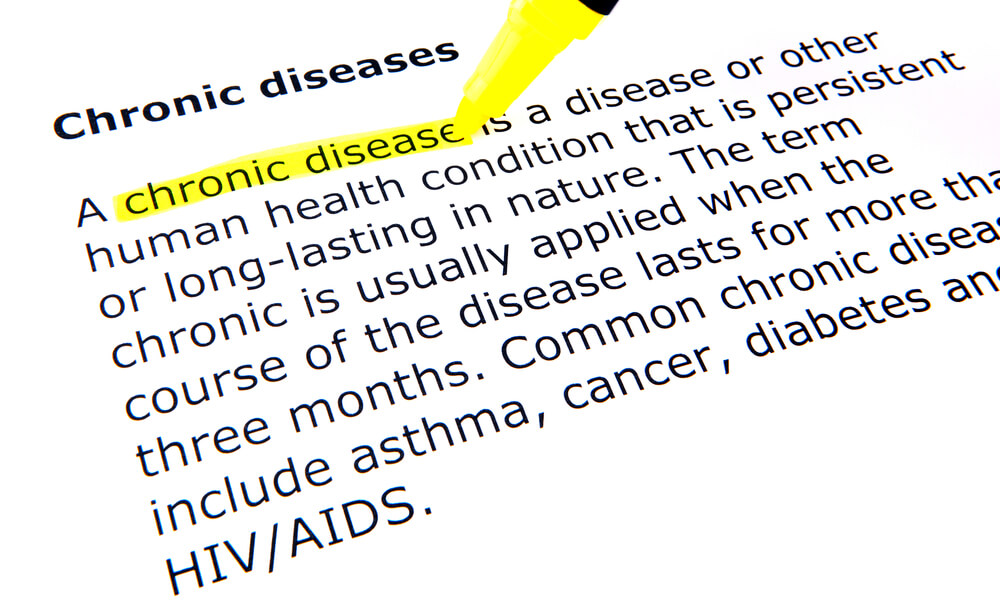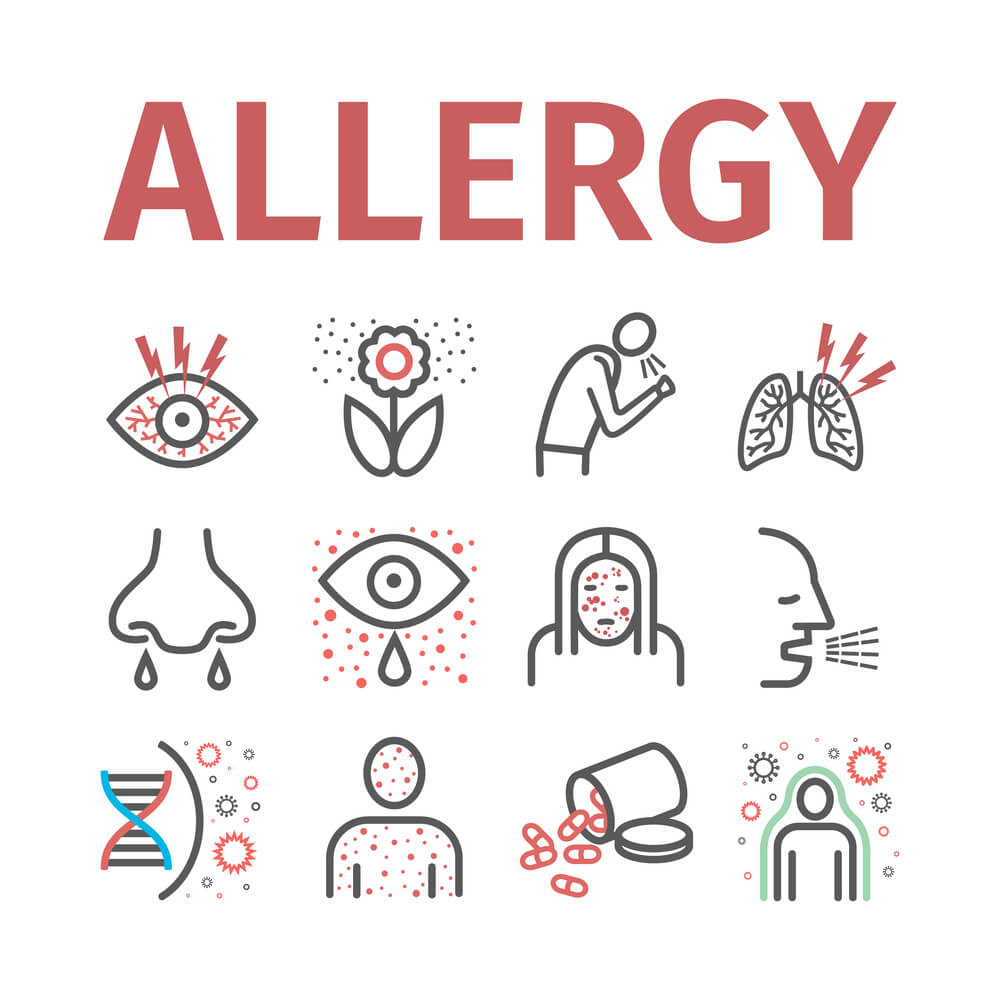
You jumped right in and did what needed to be done. You didn’t realize that, over time, you would become exhausted, frustrated, and rewarded. It is such a mix of feelings and emotions. You are finding that there is no such thing as a work-life balance. At times you will need to lean more towards life and other times you will need to lean more towards work. Where are you in this overview of the common challenges family caregivers face?
Are you a family caregiver? If so, you know firsthand the challenges that come with this role. Caring for a loved one can be emotionally and physically exhausting, and it can take a huge toll on your mental health. But you are not alone. Many family caregivers face similar challenges, and there are resources available to help you cope. Some are free and some are paid services.
One of the biggest challenges of being a family caregiver is the constant vigilance that comes with the role. Not only are you on guard and watching every little thing, but you are also on edge and ready to snap. You may find yourself becoming increasingly watchful of your loved one, trying to stay on top of everything concerning their care. This can be extremely tiring and can lead to feelings of burnout and exhaustion. It’s important to recognize when you need a break and to prioritize your self-care. Self-care is not selfish, it is necessary so you can provide better care to your loved one.
Another challenge that family caregivers often face is the feeling of isolation. You may feel like you are the only one going through this experience, or that no one understands what you are going through. This can lead to feelings of loneliness and depression. It’s important to reach out to others for support, whether that’s through a support group, online forum, or a trusted friend or family member. While all relationships are different, the challenges are almost universal.
Are you a family caregiver? If so, you know firsthand the challenges that come with this role. Caring for a loved one can be emotionally and physically exhausting, and it can take a huge toll on your mental health. But you are not alone. Many family caregivers face similar challenges, and there are resources available to help you cope. Some are free and some are paid services.
One of the biggest challenges of being a family caregiver is the constant vigilance that comes with the role. Not only are you on guard and watching every little thing, but you are also on edge and ready to snap. You may find yourself becoming increasingly watchful of your loved one, trying to stay on top of everything concerning their care. This can be extremely tiring and can lead to feelings of burnout and exhaustion. It’s important to recognize when you need a break and to prioritize your self-care. Self-care is not selfish, it is necessary so you can provide better care to your loved one.
Another challenge that family caregivers often face is the feeling of isolation. You may feel like you are the only one going through this experience, or that no one understands what you are going through. This can lead to feelings of loneliness and depression. It’s important to reach out to others for support, whether that’s through a support group, online forum, or a trusted friend or family member. While all relationships are different, the challenges are almost universal.
The Emotional Toll of Caregiving
Caring for a loved one can be a rewarding and fulfilling experience but also take a significant emotional toll on you. Here are some common emotional challenges that caregivers face and some tips on how to cope with them.
Dealing with Stress and Caregiver Burnout
Caregiving can be stressful, and it’s important to recognize when you’re feeling overwhelmed. Signs of stress can include feeling irritable or anxious, having trouble sleeping or experiencing physical symptoms like headaches or stomach problems.
To cope with stress, try to take breaks when you can, even if it’s just for a few minutes. Take deep breaths, go for a walk, or listen to some calming music. It’s also important to take care of your physical health by eating well, exercising regularly, and getting enough sleep. These things are necessary and not luxuries.
If you’re feeling burnt out, it may be time to ask for help. Consider enlisting the help of other family members or hiring a professional caregiver. It’s important to take care of yourself to continue providing the best care for your loved one.
Coping with Guilt and Grief
As a caregiver, you may experience feelings of guilt or grief. Guilt can arise from feeling like you’re not doing enough for your loved one or from taking time for yourself. Grief can come from watching your loved one’s health decline or from anticipating their death.
To cope with guilt, try to remind yourself that you’re doing the best you can. It’s also important to take breaks and take care of yourself so that you can continue to provide care for your loved one.
To cope with grief, it’s important to acknowledge your feelings and seek support from friends, family, or a support group. It’s also important to take care of yourself by eating well, exercising, and getting enough sleep.
Remember, it’s normal to experience a range of emotions as a caregiver. By taking care of yourself and seeking support when you need it, you can better cope with the emotional toll of caregiving. Guilt and grief are normal feelings that you will experience. Get comfortable feeling uncomfortable when you feel guilty. Hell, acknowledge what you are feeling. You don’t have to “fix it.”
Financial Challenges for Family Caregivers
Being a family caregiver can be a rewarding experience, but it can also be a challenging and costly one. In addition to the time and emotional commitment required, caregiving can take a toll on your finances. Here are some common financial challenges that family caregivers face and some tips on how to manage them.
Navigating Insurance and Benefits
One of the biggest financial challenges for family caregivers is navigating insurance and benefits. It can be difficult to know what is covered by insurance and what is not. It’s important to understand your loved one’s insurance coverage and benefits, including what is covered by Medicare, Medicaid, or private insurance. You may also want to consider hiring a professional to help you navigate the insurance system.
Managing Expenses and Budgeting
Another financial challenge for family caregivers is managing expenses and budgeting. Caregiving can be expensive, and it’s important to plan ahead and budget accordingly. Some expenses to consider include medical bills, medications, transportation costs, and home modifications. You may also need to factor in lost wages if you need to take time off work to care for your loved one.
To manage expenses and budget effectively, consider creating a caregiving budget. This can help you keep track of your expenses and ensure that you have enough money to cover all of your caregiving costs. You may also want to consider seeking financial assistance or support from government programs, community organizations, or non-profit organizations.
In conclusion, being a family caregiver can be a rewarding experience, but it can also be a financial burden. By understanding your loved one’s insurance coverage and benefits and managing your expenses and budget effectively, you can help alleviate some of the financial stress associated with caregiving.
Balancing Caregiving with Other Responsibilities
Caring for a loved one can be a rewarding experience, but it can also be challenging, especially when you have other responsibilities to attend to. Balancing caregiving with other responsibilities like your career, family, and friends can be difficult, but it is not impossible. Here are some tips to help you maintain a balance between caregiving and other responsibilities.
Maintaining Work-Life Balance
Maintaining a work-life balance is crucial when you are a family caregiver. We hear that all the time, and it is the best term that we have, right now. I look at work-life balance in this way, sometimes life needs more of my attention and sometimes work needs more of my attention. The balance comes into play in the overall picture. It is important to set boundaries and communicate your needs with your employer. You may need to adjust your work schedule or take time off to attend to your caregiving responsibilities. You may also want to consider working from home or finding a job that offers more flexibility.
Supporting Other Family Members
Caring for a loved one can also impact other family members. It is important to communicate with your family members and share the responsibilities of caregiving. You can create a caregiving schedule that outlines each family member’s responsibilities and ensures that everyone is on the same page. You can also delegate specific tasks to family members based on their strengths and availability.
When balancing caregiving with other responsibilities, it is important to take care of yourself. Make sure to take breaks, get enough sleep, and exercise regularly. You may also want to consider joining a support group or seeking professional help to manage stress and anxiety.
Remember that caregiving can be a challenging experience, but it can also be rewarding. By balancing caregiving with other responsibilities and taking care of yourself, you can provide the best possible care for your loved one while still maintaining a fulfilling life. Make time for your spouse or significant other on a regular basis. Nurture and enjoy that relationship a minimum of once a week.
Navigating the Healthcare System
As a family caregiver, navigating the healthcare system can be overwhelming and stressful. You may feel like you’re constantly advocating for your loved one and trying to understand complex medical terminology and procedures. Here are some tips to help you navigate the healthcare system with confidence.
Advocating for Your Loved One
As a family caregiver, you are your loved one’s advocate. It’s important to speak up and ask questions to ensure that your loved one is receiving the best possible care. Here are some tips to help you advocate for your loved one:
- Be prepared: Before appointments or procedures, write down any questions or concerns you have. Bring a list of medications, allergies, and medical history to share with healthcare providers.
- Be assertive: Don’t be afraid to speak up if you feel like your loved one’s needs aren’t being met. Ask for clarification if you don’t understand something, and don’t be afraid to ask for a second opinion if necessary.
- Keep records: Keep track of appointments, test results, and medications. This will help you stay organized and ensure that you have all the information you need to make informed decisions.
Understanding Medical Terminology and Procedures
Medical terminology and procedures can be confusing and overwhelming. Here are some tips to help you understand what’s going on:
- Ask for explanations: Don’t be afraid to ask healthcare providers to explain medical terminology or procedures in plain language. Ask for visual aids or diagrams if necessary.
- Do your research: Look up medical terms or procedures online, but be sure to use reputable sources.
- Take notes: Write down important information, such as test results, diagnoses, and treatment plans. This will help you remember important details and stay organized.
Remember, you are not alone. There are resources available to help you navigate the healthcare system, such as support groups and patient advocates. Don’t be afraid to ask for help if you need it.
Addressing Legal Issues
Being a family caregiver can be stressful and overwhelming, especially when it comes to legal issues. Knowing how to navigate these challenges can help you provide better care for your loved one. Here are some legal issues you may encounter and how to address them:
Power of Attorney and Guardianship
When your loved one is no longer able to make decisions for themselves, you may need to obtain power of attorney or guardianship. Power of attorney gives you the legal authority to make decisions on behalf of your loved one, while guardianship gives you the legal authority to make decisions and take actions on behalf of your loved one, including financial and healthcare decisions.
To obtain power of attorney or guardianship, you may need to go through a legal process, which can be complicated and time-consuming. It’s important to consult with an attorney who specializes in elder law to ensure that you are following the correct procedures and that your loved one’s rights are protected.
Estate Planning and End-of-Life Decisions
Estate planning involves creating a plan for the distribution of your loved one’s assets after they pass away. This can include creating a will, setting up trusts, and designating beneficiaries. It’s important to involve an attorney who specializes in estate planning to ensure that your loved one’s wishes are carried out and that their assets are distributed according to their wishes.
End-of-life decisions can be difficult to discuss, but it’s important to have these conversations with your loved one to ensure that their wishes are respected. This can include discussing their preferences for medical treatment, including life-sustaining treatment, and creating advance directives, such as a living will or healthcare power of attorney.
It’s important to involve your loved one in these discussions and decisions as much as possible, while also respecting their wishes and autonomy. These conversations can be emotional and difficult, but they can also provide peace of mind for both you and your loved one.
In conclusion, legal issues can be complex and overwhelming for family caregivers. It’s important to seek out the advice of an attorney who specializes in elder law or estate planning to ensure that you are following the correct procedures and that your loved one’s wishes are respected. Having these difficult conversations and making these decisions can be emotional, but they can also provide peace of mind for you and your loved one.
Frequently Asked Questions
What are some common challenges faced by family caregivers?
As a family caregiver, you may face a variety of challenges. Some of the most common challenges include managing your time, dealing with stress and anxiety, navigating complex medical issues, and finding support. It can be overwhelming to juggle caregiving responsibilities with other aspects of your life, such as work and personal relationships.
What is the biggest challenge for caregivers?
The biggest challenge for caregivers can vary depending on the situation. However, many caregivers report that the emotional toll of caregiving is the most difficult aspect. Watching a loved one struggle with illness or disability can be heartbreaking, and it can be challenging to balance your own needs with those of the person you are caring for.
What are the most common stressors for caregivers?
Caregiving can be a stressful experience, and there are many factors that can contribute to this stress. Some of the most common stressors include financial strain, lack of support or resources, feeling overwhelmed or isolated, and dealing with difficult behaviors or personality changes in the person you are caring for.
What kinds of problems can affect the family or significant others of caregivers?
Caregiving can have a ripple effect on the entire family or support system. Family members may experience strain in their own relationships, struggle with feelings of guilt or resentment, or face financial or logistical challenges related to caregiving responsibilities.
What are some strengths and weaknesses of caregivers?
Caregivers often demonstrate a wide range of strengths, including compassion, patience, and resourcefulness. However, caregiving can also highlight weaknesses or areas where additional support may be needed. For example, caregivers may struggle with setting boundaries, managing stress, or advocating effectively for their loved one’s needs.
What caregiving tasks do caregivers find uncomfortable?
There are many caregiving tasks that can feel uncomfortable or challenging for caregivers. These can include tasks related to personal care, such as bathing or toileting, as well as tasks related to managing medical needs, such as administering medications or managing complex treatment plans. It’s important to communicate openly with your loved one and healthcare providers about any tasks that feel uncomfortable or overwhelming and to seek support when needed.
When it is time for guidance, moving forward, plans of action, and support…
Email me and let’s see if I am the one to help you. pat@EmpoweringHealthOptions.com
Forward this Newsletter to those that may benefit from this information.



